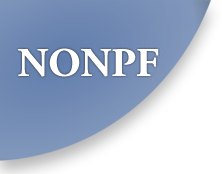Sole Providers: Designing a Community-Based Foot Care Clinical Practicum Based on the DNP Essentials
A foot and nail care curriculum that addresses all components of a comprehensive lower extremity assessment and includes sufficient supervised clinical practice will enable the graduate to develop competency in diagnosing and treating common conditions of the nails. Students will be equipped to provide health care services that encompasses relevant health promotion, disease prevention and disease management activities. Didactic course content emphasizes the use of advanced health assessment, the delivery of evidence-based screening and diagnostic strategies, the prevalence of diabetic foot ulcerations, and population-focused disparities in foot care. Students are apprised of scope of practice and delegation issues, reimbursement and documentation. During the day-long clinical portion of the curriculum, a community setting is used to offer free foot and nail care to the interested public. In the clinical setting students are expected to collect a health history using a standardized form, conduct a focused assessment, and demonstrate basic and intermediate foot care competencies which includes skin care, trimming and debridement. Patient education that takes into account the principles of health literacy may include individualized information on hygiene, skin care, the need for daily inspection, age-specific changes of the foot, proper shoe fit, problems that should be reported, weight management, smoking cessation, and a plan for referral and follow-up care if indicated.

